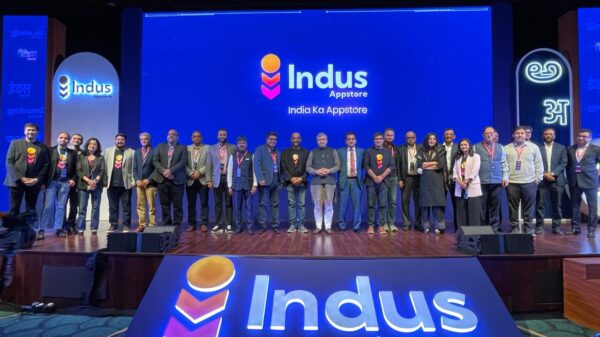Fifteen years after it was launched, JAM Magazine, has decided to suspend its print publication, and focus its energies on the online space, events and youth research, according to a blog post from founder Rashmi Bansal. Bansal writes that the company never made a lot of money, and has debts to pay. JAM is shifting out of its offices in 51, Kaliandas Udyog Bhavan, will let go of people, and will seek a new business model. They might try to bring print back in a month or two, but "But, if the online magazine serves its purpose - we won't have to", she writes, adding that "Ideally, we could have managed both simultaneously. But, the logistical and financial burden of printing a fortnightly magazine was always upon us." In the post, JAM seeks the help of programmers to help with the online vision. JAM has a website for its content - jammag.com, a job portal at JobOKPlease, and forums at ClubJAM (hosted at Ning). Carving a niche online in the youth space will be difficult for JAM - where it once had the opportunity of building strong, focused communities around its irreverent content, and being an alternative hangout to the likes of Orkut and Facebook, it will now need to co-opt them. It still remains that there are few independent youth communities and publications in India (as far as I know; Freshlimesoda.com is long gone, but it's still doable) outside of social networks. If I had one suggestion to make…





























